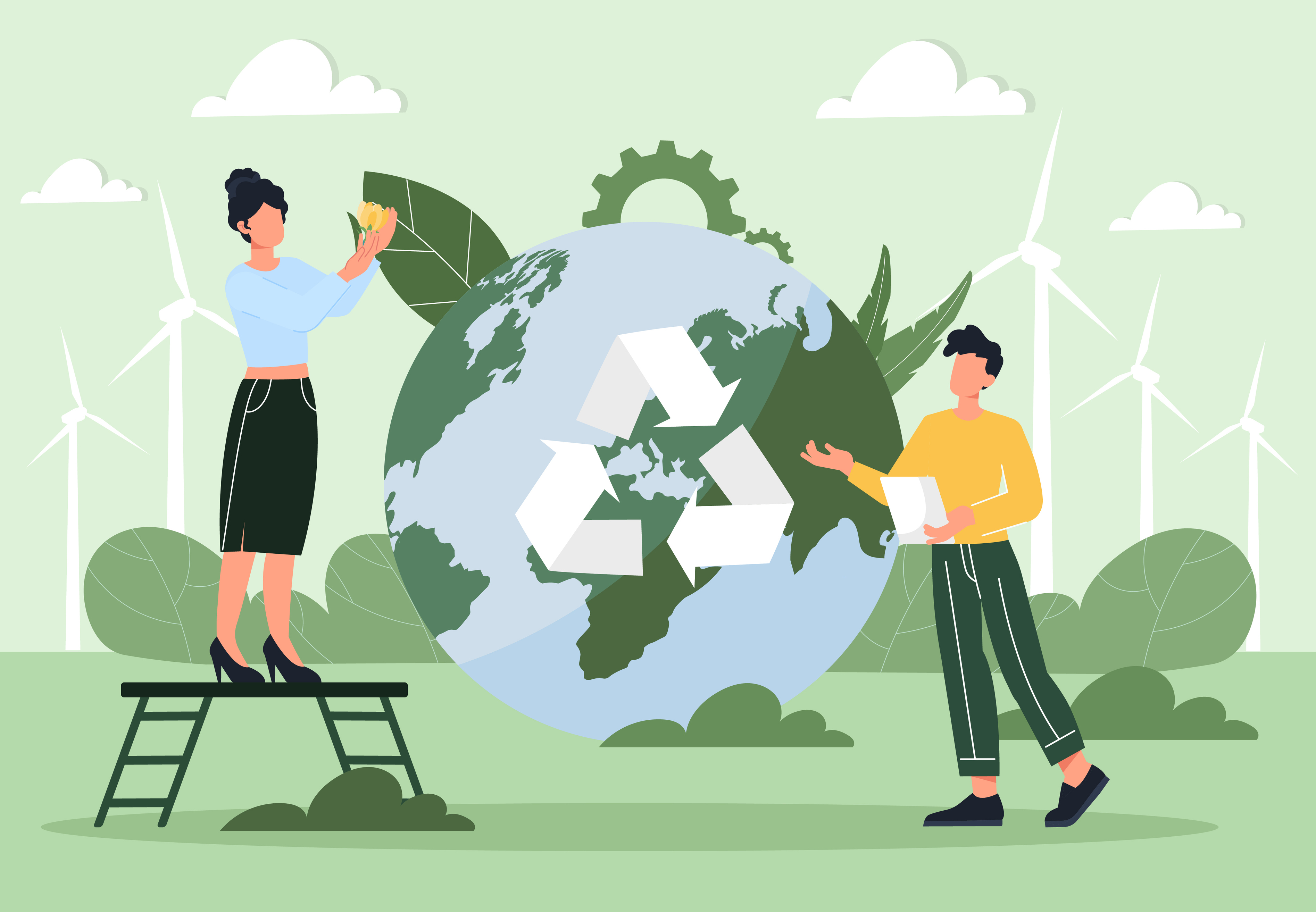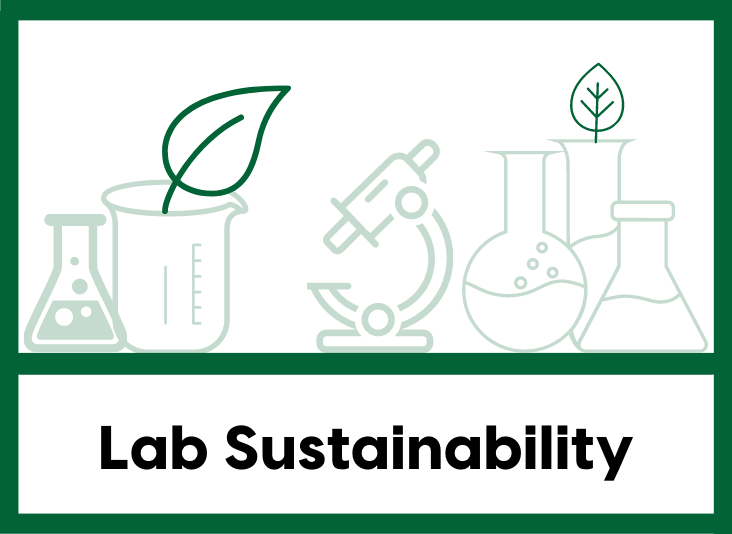The Evolution of Onsite Support Services
From the Loading Dock to the Lab
Then: Back when hip-hop was strictly an adjective used to describe a furry little creature and not a worldwide culture of its own; the environmental industry was coming to fruition. A hazardous waste service provider would pull up to your loading dock, say hello, take what ever waste was encroaching its 90/180 day storage limit and be gone to their next Lab Pack. That waste is generated in the lab, plant, clinical lab, etc. and its life was relatively unknown to us until that moment it hits the drum. From this angle it is hard to make determinations on efficiencies of a waste generating process, proper collection procedures, and even if that waste has been incompliance since its birth into the world of Hazardous Waste.
Now: The door to the lab opens; a figure appears in grey pants, a long sleeve green collard shirt, and from all assessments they appear to be in full Level D PPE. In walks the dawn of a new dynasty. Onsite Support Services, OSS, the OSS-inator, The Wizard of OSS, or whatever you please. The onsite presence of an environmental steward who is well versed in the regulations, and even further the best management practices across the industry, has proven time and time again to create a more compliant hazardous waste program. Furthermore this onsite presence has allowed us to identify some key efficiencies to be built into existing programs. Managing and running solvent recycling systems, separating hazardous from non hazardous constituents at the point of generation, packing waste as it enters the Main Accumulation Area rather than waiting for the one big lab pack each quarter (huge cost savings), understanding the processes that generate the waste, and consulting lab personnel on the most environmentally sound ways to create their waste without disturbing research are just a handful of the ideas and techniques we have used. All of which have allowed us to drastically increase compliance with local, state, and federal regulations and of course save our constituents the ever tight buck!
So next time the truck pulls up to the loading dock and drums start shuffling on to it, think if you have someone watching that process as tightly as it needs to be all the way back to the lab and the point of generation. Can I be shipping this in a bigger container? Should it be a smaller container? Has this been in compliance since its inception? Who can analyze this to see if it is the most efficient and environmentally friendly way to manage my material? And that my friend is the part of the puzzle where having an onsite presence works to drastically improve your environmental programs.








.png)